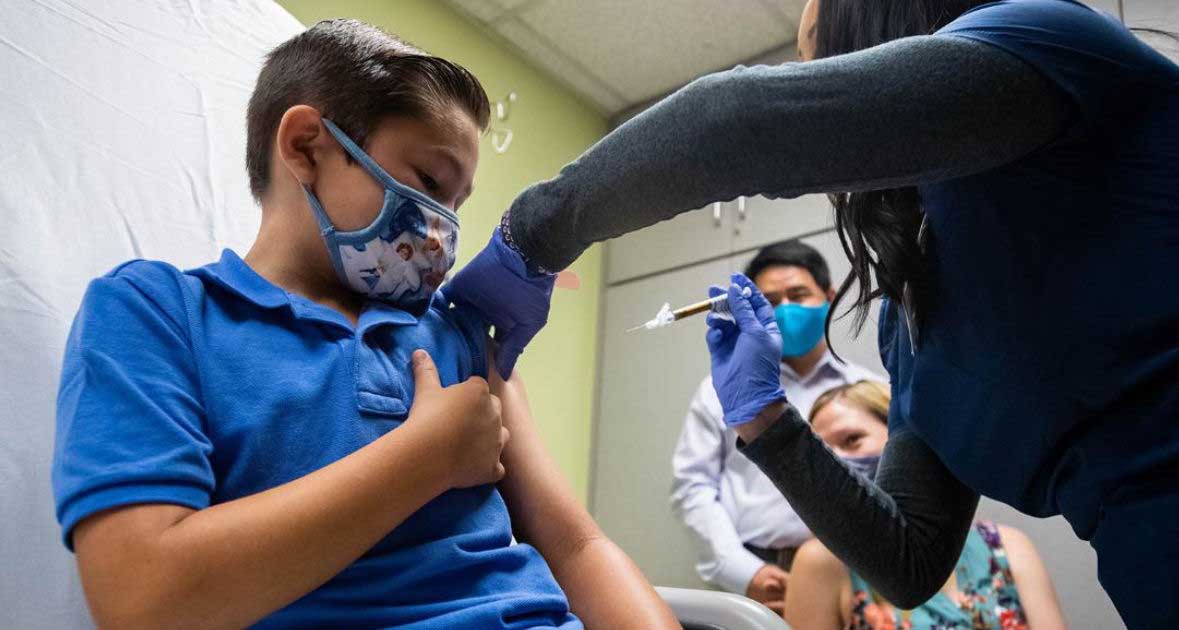Cases of type 2 diabetes among children more than doubled during the coronavirus pandemic at one Louisiana hospital, according to research presented Friday. The researchers say the cases increased in severity, too.
Dr. Daniel Hsia, an associate professor at Pennington Biomedical Research Center in Baton Rouge, Louisiana, and colleagues looked at the hospitalization rate for new-onset type 2 diabetes among children at Our Lady of the Lake Children's Hospital.
From March to December 2019, the rate was .27% -- 8 cases out of 2,964 hospitalizations. During the same period in 2020, the rate jumped to .62% --17 cases out of 2,729 hospitalizations.
"These are very small numbers," Hsia told CNN. "We're a single hospital, but we think that we may be a microcosm of what's happening across the country."
Type 2 diabetes is by far the most common type of diabetes, and it's associated with obesity, poor diet and a lack of exercise.
Among the 25 cases of type 2 diabetes over both years, 23 were in Black children, the team told a meeting of the American Diabetes Association.
Black, Latinx, Asian, Native American, Alaska Native, and Pacific Islander children may be at increased risk for type 2 diabetes, according to the US Centers for Disease Control and Prevention. Hsia said these existing health disparities may have worsened over the course of the pandemic.
"Risk factors for type two diabetes may worsen even more during a time like this, where they have to stay home, and they don't have access to healthy foods and physical activity, and there are sleep disturbances," Hsia said.
Children who were admitted for type 2 diabetes in 2020 had more severe symptoms than children admitted in 2019, the team said. They had higher blood sugar levels and signs of more severe dehydration -- caused when the body tries to get rid of excess glucose through urination.
Dr. Lily Chao, interim medical diabetes director at Children's Hospital Los Angeles, said she's seen the same trend in her hospital, particularly in cases of ketoacidosis, a severe complication of diabetes that occurs when the body does not have enough insulin.
"Historically, in people with type 2 diabetes, the rates vary from 5 to 10% in our hospital," said Chao. "In this past year, our rates went up to 20% of new type 2 diabetes cases presenting in that severe state."
Chao noted that her hospital serves a primarily Latinx population.
"There are reports of new-onset diabetes that occur after someone's been infected with the SARS-CoV-2 virus," said Chao. "We know the Covid pandemic disproportionally affected people of color. What we don't know is how many of these cases are related to prior exposure to the virus."

 Type 2 diabetes rising due to lack of activity and increased screen time
Type 2 diabetes rising due to lack of activity and increased screen time





.jpeg)
.jpeg)

.jpeg)
.jpeg)
.jpeg)
.jpeg)
.jpeg)
.jpeg)






.jpeg)

.jpeg)
.jpeg)







.jpg)

